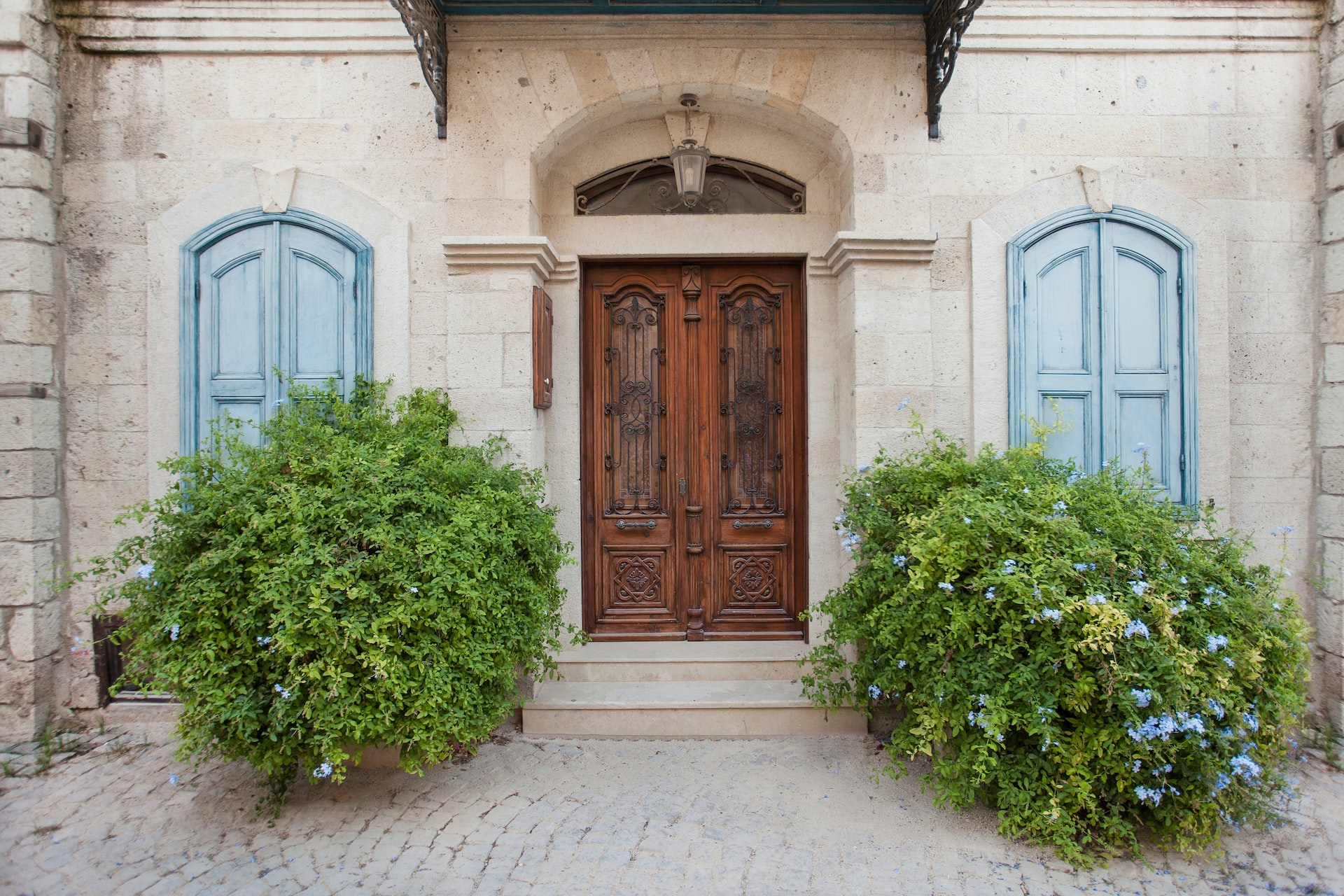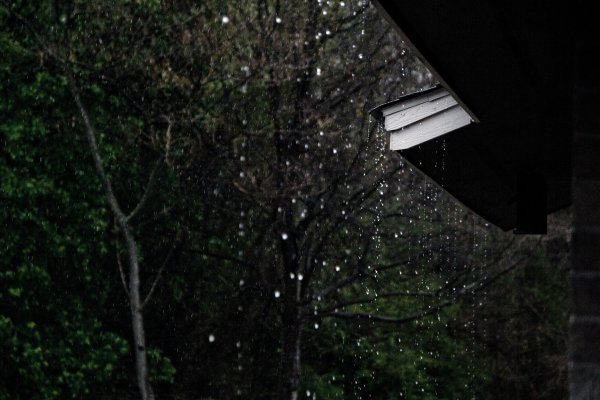No matter what kind of house you live in, there'll always be ways in which it can be improved. You may seek smart solutions for keeping your home comfortable during the summer, or ways to waterproof your home. Doing the latter is an important part of protecting your property from water damage and mold growth. If you're wondering how to do it, this article provides a complete guide to home waterproofing.
These are an essential component of a home and often the first line of defense against the elements. Waterproofing the walls is key to making sure your house remains structurally sound for years to come. Waterproof membranes are usually applied as a liquid coating or sheet material over the surface of the wall. These coatings typically contain plastic or rubber-like materials. They form an impermeable barrier when cured, preventing water from entering your home’s structure. Regular inspections should be performed on the membrane to ensure it's not damaged or worn away by weather conditions.
Sealants and caulk are used as another method of waterproofing exterior walls. This involves filling in any cracks between bricks, stones, mortar joints and window frames, etc. Smaller areas (such as around plumbing fixtures) can be sealed with silicone caulk. This provides great adhesion but is prone to shrinkage after drying. As a result, multiple coats may be needed.
Firstly, it's important to identify any potential problem areas. The process includes:
- checking for cracks in walls or floors
- inspecting window wells for leaks
- examining downspouts and gutters to ensure they're properly draining away from the foundation
- ensuring there's adequate drainage around the perimeter of the house
Next, repairs can be made and preventive measures put in place - such as applying a sealant or installing a sump pump system. You should regularly inspect the area for signs of water intrusion, such as dampness on walls or floors. If anything's discovered, take immediate action before the issue becomes more serious (and more costly to fix). If you need a basement waterproofing company near you, you can access certified contractors with decades of experience who can provide a free inspection. You may be able to access financing options and receive a lifetime, transferable guarantee for the work.

Window seals are prone to cracking due to age or sun exposure. When it comes to re-sealing the window and door frames, caulking or weatherstripping can be used. This can fill any gaps that exist between the frame and the wall, thus keeping out moisture. This will also reduce air leaks that could cause your energy bills to skyrocket.
Make sure you choose a product that's designed specifically for outdoor use, since this will provide better protection. If you have sliding windows or doors, check the tracks for any dirt buildup which could create an entry point for moisture. Finally, if your windows or doors are old and have been in place for several years, it may be time to invest in new ones. This is a major investment that would provide long-term improvements to your home. They could add value to your house, and any extra security features (such as window locks) could bring down your home insurance premiums.
While they provide extra access to your home's plumbing, electrical wiring, and other components, they also make it easier for water to enter your home. To ensure that the area's properly waterproofed, you should consider:
- sub-slab drainage systems
- sealants or coatings on the walls of the crawl space
- sump pumps that can collect any groundwater before it reaches sensitive areas of your home
The first step in waterproofing a crawl space is creating an effective drainage system. This involves installing pipes with holes along their length, underneath the foundation slab of your house. This can divert any water away from the area. The pipes would be embedded into gravel beds to allow for easy drainage without clogging. It's also important to create a slope so that water naturally flows away from the house instead of towards it. Once an efficient drainage system has been installed, you should consider using sealants or coatings on all exposed areas of the crawl space walls. This could include sealing up cracks and openings where water might enter, and applying special vapor barriers over insulation or other materials that are exposed in the area.
First of all, you need to inspect the roof for holes or missing shingles, and repair them using a sealant. If there are any loose nails or other metal parts, replace them with galvanized screws to create a more secure connection. Additionally, all flashing should be checked for rust and replaced if necessary. This will help divert water away from vulnerable areas of the roof. When waterproofing your chimney, use a waterproof sealant on its exterior surfaces (such as brickwork or stone facings). You should also inspect the mortar between each masonry joint to ensure there are no cracks that could let in moisture.
If your gutters and downspouts become clogged, the water will back up and create damp issues for your home. It's important to choose gutters that can handle large volumes of water effectively. Seamless aluminum versions are the most popular choice as they require less maintenance, last longer, and have fewer chances of leaking or clogging. Downspouts direct water away from your foundation walls and should be positioned at least five feet away from them. They can even be buried underground if needed, for extra protection against flooding or pooling near the foundation walls. You may need to install extensions that carry water further away from your house - or add splash blocks that spread out the flow of water around landscaping beds or patios.
Before you begin, decide whether you can do the work yourself or if you need professional help. Thanks to regular checks and maintenance, you can keep everything in good shape. In turn, your house will have nothing to fear from the elements, both now and in the future.





